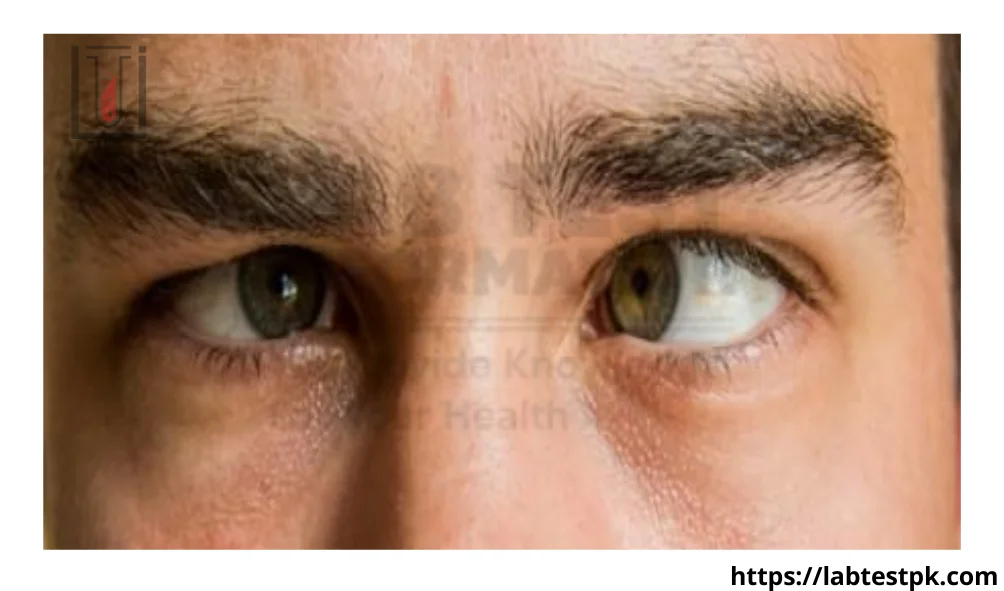Squint Eye
Squint Eye, In squint both eyes are not aligned. It may be temporary or permanent. The eye may turn inward, outward, upward, or downward and it could be a torsional or a rotational squint where one eye is rotated slightly as compared to the other eye which gives to a tilted image.
Squint Eye
it is a disorder in which the eyes do not look in the same direction at the same time. Printing of the eye is usually present since birth but may not be visible during this time because the eye development usually happens after three months of the cage so usually,
squints become visible after three months of age the squint may inward deviation of the eye which is called an Isotropia may be an outward deviation of the eye which is called an Exotropia occasionally which may be above the other or one eye may be below the other these are called as Hypertropias or Hypertropia. It is also known as Strabismus
Causes of Squint Eye:
- Exact cause unknown
- Poor vision
- Refractive error
- Infection in eye muscle and weakness of eye muscle
- Genetic problem
- Cerebral palsy
- Nerve effect
- Hyperopia or far-sightedness
- Muscles imbalance
Symptoms of Squint Eye:
- Double vision
- Blurred vision
- Loss of vision
- Crossed vision
- Uncontrolled eyes movement
Diagnostic Test of Squint Test:
- Physical examination
- History collection
- Alignment test
- Check vision sharpness
- Ophthalmoscopy
- Corneal light reflection
Treatment of Squint Eye:
1- Contact lenses
2- Vision therapy
3- Use prism lenses
4- Surgery to correct muscle movement
What kind of anesthesia is used for Squint Eye?
In children:
- General anesthesia
In Adults:
- General anesthesia
- Local anesthesia
- Sedation
- Numbering of the eye
- Twilight anesthesia
Is eating and drinking allowed before surgery?
Limited the night before and morning of surgery
How long does the surgery take?
It depends on :
- Patient health
- Number of eye muscles
- Previous eye surgery
What are the risks of Squint Eye Surgery?
- Under overcorrection
- Infection
- Loss of vision
- Bleeding
- Double vision
- Anesthesia or Complications
Is medicine used after surgery?
1- Eye drops/ointment
2- Acetaminophen
3- Ibuprofen
Summary
- Strabismus surgery can improve eye misalignment
- Strabismus surgery is generally safe
- Talk with your ophthalmologist


